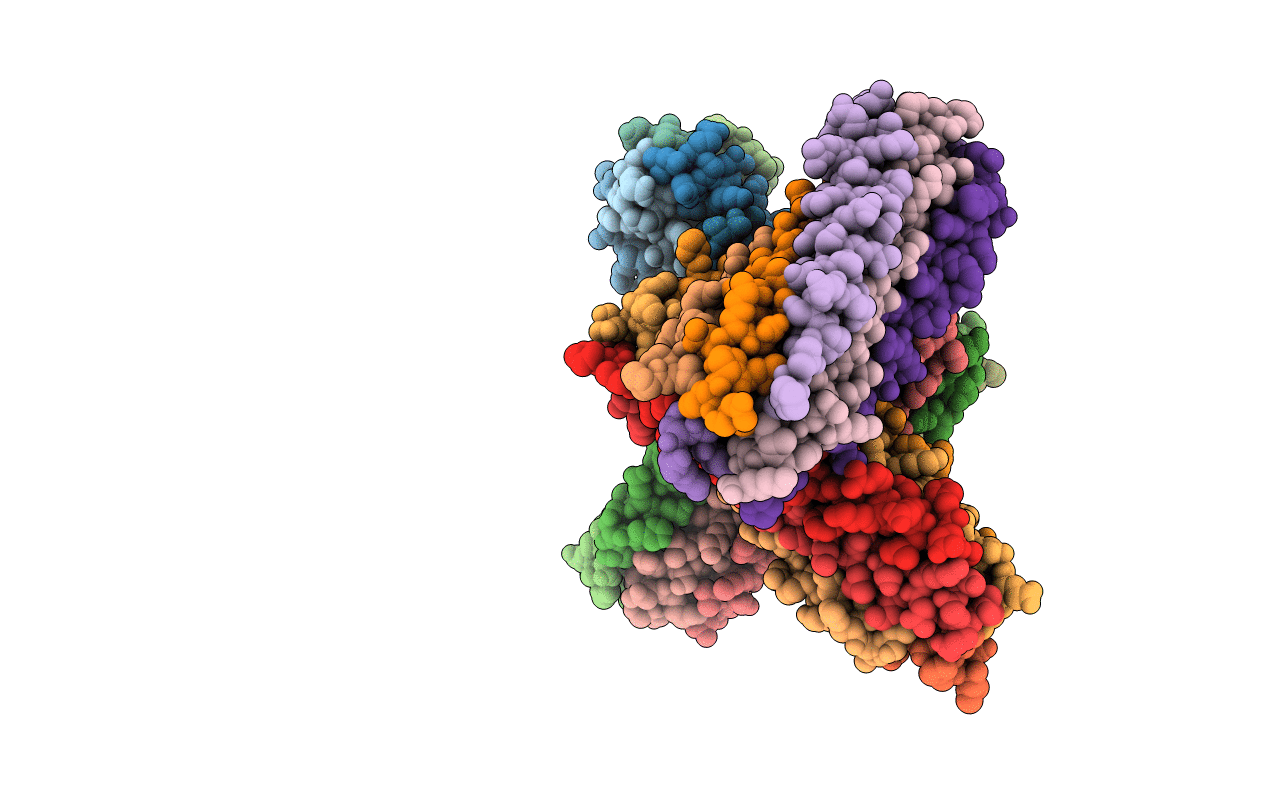
Deposition Date
2000-10-18
Release Date
2001-01-03
Last Version Date
2024-02-07
Entry Detail
Biological Source:
Source Organism:
Human respiratory syncytial virus (Taxon ID: 11261)
Host Organism:
Method Details:
Experimental Method:
Resolution:
2.30 Å
R-Value Free:
0.28
R-Value Work:
0.23
R-Value Observed:
0.23
Space Group:
P 1


